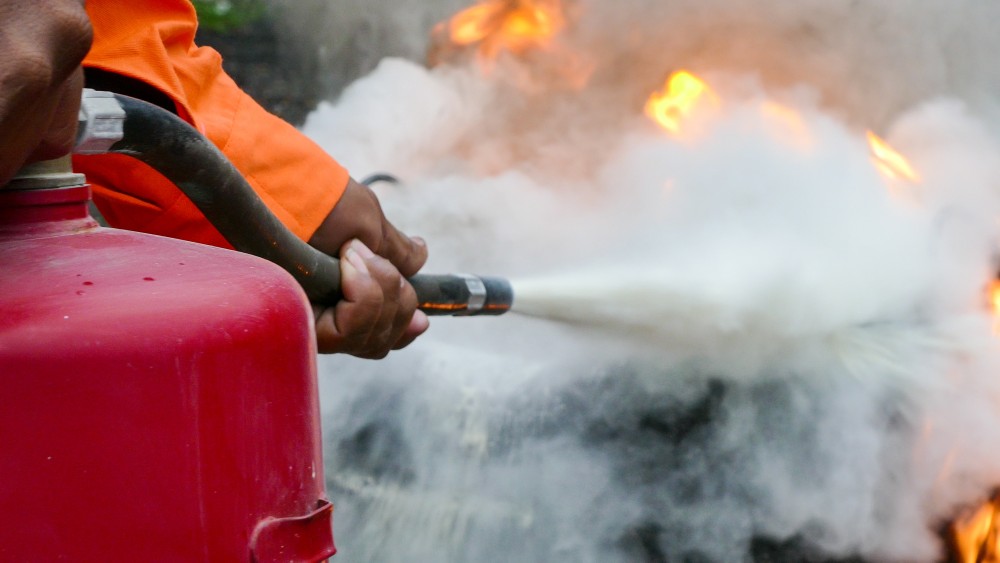Sydney businesses must make sure that they are adequately protected from fire. This isn’t just to follow the laws, but also for their clients, employees, as well as their property. A lot of the dangers that arise from an incident can be mitigated or minimized by taking the appropriate security measures. Fire inspections, regular testing and the tagging of electrical systems and complying with CFSP regulations all work together to create a safer environment and ensure that businesses are in compliance to local ordinances and Building Code of Australia (BCA) standards.

The reason Fire Inspections are the underlying principle of Safety
The primary line of defense is fire inspections. These inspections make sure that all elements of the fire protection system in the building are in good working order and up-to-date. Businesses are located in Sydney have to conduct inspections 6 or 12 times annually, based on the type of building as well as the rules of the council. Inspections may include anything from smoke alarms to sprinkler systems as well as fire alarm panels, to hydrants, emergency lighting and fire alarms.
What makes inspections so vital is their ability to detect hidden issues before they become risky. In a crisis, a small flaw on a smoke detector, or a faulty fire hydrant may seem insignificant. Business owners who check regularly their fire hydrants are meeting the legal requirements, while taking precautions against unexpected disasters.
The hidden electrical risk can be identified by conducting tests and the use of tags
Electrical systems are one of the leading causes of workplace fires, this is the reason why testing and tagging must always be an integral part of a fire safety program. This involves checking electrical equipment for safety, functionality and compliance, after which placing a tag on the item to signify that the item is inspected. This is not just an obligation for all businesses. It is also a method to safeguard against hidden risks.
If left unchecked older wiring, malfunctioning appliances, or deteriorated cables can be fire hazards. Through conducting regular tests and tagging, businesses reduce the likelihood of electrical problems leading to a fire outbreak. The employees are also assured that the working environment is secure. This creates a sense of trust and confidence in the workplace. Combined with fire inspections and testing, this complete safety plan reduces risks from multiple perspectives.
The role of CFSP is certification and compliance.
Only a Competent Fire Safety Professional (CFSP) located in New South Wales, can confirm and sign crucial documents for fire safety such as Annual Fire Safety Statements. The CFSP certification ensures that only professionals with the appropriate qualifications can review and verify the safety measures for fire. The use of the CFSP guarantees that inspection reports aren’t just paperwork, but are backed by reliable assessments from experts.
The role of a CFSP is more than just the process of checking boxes. They evaluate the condition and effectiveness of fire protection systems, present complete reports and prove that they are in compliance with the regulations. Companies that don’t have CFSP certification risk being penalized, facing legal problems or even closing down if they are deemed as lacking in fire protection. Utilizing experts who are accredited ensures that the fire safety system is maintained in a proper manner, and the requirements for compliance are met.
Fire Safety: A Lifetime Obligation
The issue of fire safety is not a one-time obligation but an ongoing responsibility for each business owner. Regular inspections, ongoing testing of electrical systems, and a valid certification under CFSP supervision create a cycle of safety that does not stop. Beyond legal compliance the continuous approach creates an atmosphere of safety and security in the workplace. Employees can feel confident knowing that evacuation plans are in place and smoke detectors are functioning as well as emergency lighting has been tested, and the fire protection system is in place to be used.
Treating fire safety as a continuous process rather than a yearly checkbox not only reduces risks but also strengthens a business’s reputation. In a setting that is focused on safety, customers and clients will be more comfortable. In the long term, investing in proactive fire protection can save the company money by preventing costly damages such as fines, legal disputes, while protecting the lives of all that enters the building.
Conclusion
Fire safety in Sydney requires a multi-layered strategy that includes fire inspections as well as testing and tagging, as well as an official certification from a CFSP. Each of these elements play a crucial role in helping businesses comply with the law, but also in securing property and people. Safety is a constant part of daily business activities and is not a secondary consideration. Businesses can meet their legal obligations as well as create a more resilient and safer environment in the future when safety is a fundamental part of the daily routine.